Oana-Adelina Tanasache, a PhD student in the School of Agriculture, Policy and Development at the University of Reading, recently attended the 2017 London Produce Show and Conference. Oana is an active IFSTAL participant and kindly agreed to share her thoughts from the bespoke Student Programme of the conference.
Trade shows have always been my favourite way to learn about food and agriculture, and network with people from all over the world. From large public events such as Grüne Woche in Berlin and Salon International de l’Agriculture in Paris to more specialized events such as Salone del Gusto or Food Matters, I have always considered trade shows to be the best way to learn about the food industry, speak to like-minded people and expose myself to the diversity of opportunities and insights the food industry has to offer. It was with this motivation that I decided to take part in the bespoke Student Programme of the 2017 London Produce Show and Conference which took place from 7 to 9 June 2017.
The Student Programme is tailored not only as a learning and development programme for future graduates but also as a valuable platform for industry representatives to meet the future generations of the food sector and gain valuable links to the academia. Apart from dedicated seminars and talks, students have the opportunity to attend a wide range of events such as chef demonstrations, industry talks and media masterclasses. Students gain a better understanding of opportunities in the food sector but participation in the event also enables them to form their own network by interacting with like-minded students with similar research and study interests.
Among the messages I took away from participating in the 2017 London Produce Show and Conference, three in particular stand out:
- Educating and inspiring consumers are key growth areas for the fresh produce industry. Teaching customers how to creatively use fruit and veg in their diets as well as giving them the necessary inspiration holds tremendous opportunities. As noted by a participant, “there are a thousand things to do with a carrot”, yet most consumers will only use a vegetable within a limited range of dishes. Providing customers with inspiration and showing the myriad of ways they can integrate produce in their diets could help bridge that gap. One way in which the industry is trying to offer that inspiration is by putting the fresh produce at the heart of a dish in so-called “vegetable-centric menus”, and thereby transforming what is traditionally known as a side dish into a central product around which a dish is constructed.
- The fresh produce industry is in a privileged position, yet has many things to learn from related industries. Unlike the confectionery industry, the fresh produce industry is in the best position to promote itself: the benefits of its products are self-evident as they provide numerous and unquestionable health benefits. Yet, in contrast to processed foods where branding is central, there are few brands of fruit and vegetables. Produce is mostly treated as a commodity rather than as a highly differentiated and therefore valuable product. Since brands have a role in positioning products with respect to the competition, and in building and maintaining customer relationships, the produce industry has a more difficult task to engage with its customers and create loyalty towards its products. Body & Brains, a Dutch initiative whose primary aim is to promote consumption of healthy snacking such as branded berries (pictured) shows that fresh fruit could be marketed with a brand while also communicating key product attributes and building brand equity.
- Making fresh fruit and veg more convenient, easy to eat as well as more attractive to large audiences are areas in which the fresh industry is keen to explore in the future. This trend is already shown by the increase in popularity of online purchases of fresh produce as well as the emergence of new players such as AmazonFresh. Convenience ideas could even come from the confectionery sector which for example uses vending machines to cater to on-the-go customers. Again, the Dutch lead the way: a vending machine (pictured) selling fresh fruit and veg instead of sweets could not only increase consumption of fruit and vegetables but also attract children and teenagers due to its friendly and enticing format.
To conclude, there is a clear alignment between public health objectives and those of the fresh produce industry, including retailers and distributors. It is with this in mind that policy-makers and researchers should reflect on ways to increase consumption of fresh produce and thereby contribute to reducing diet-related diseases.
Last but not least, the London Produce Show and Conference is a tremendous opportunity for IFSTAL students to engage with the fresh food industry and expand their network. I cannot stress more the importance of attending such events for students interested in engaging with or planning to build a career in the fresh produce industry.
Author biography
Oana-Adelina Tanasache is a PhD student at the University of Reading, UK. She holds a MSc in Agricultural Economics from the same university and a BA in Political Science. Prior to starting her studies in Reading, Oana worked for the World Bank and the European Commission on several agriculture and rural development projects. At Reading, she is looking at ways in which behavioural economics approaches could support healthier purchases in supermarkets.
All images courtesy of Oana-Adelina Tanasache.
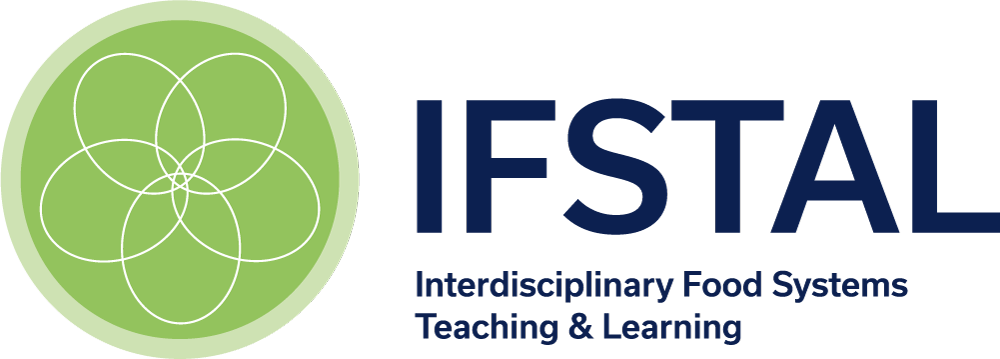



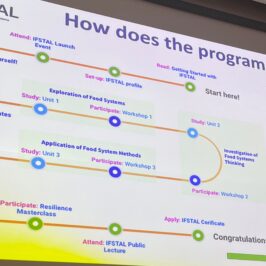


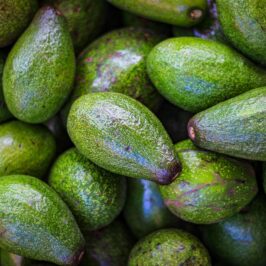
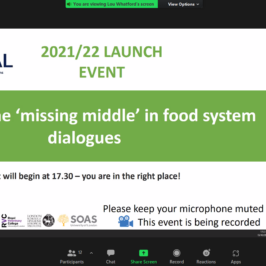
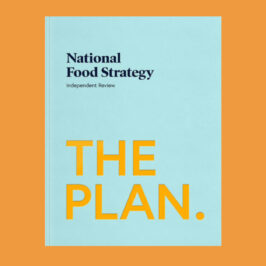
Leave a Reply